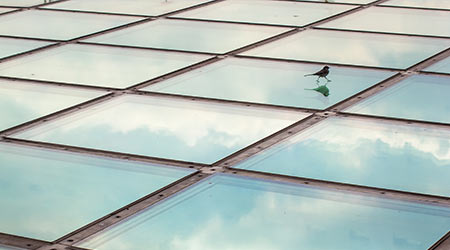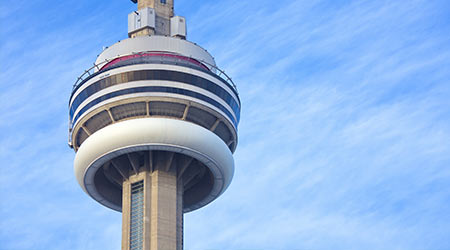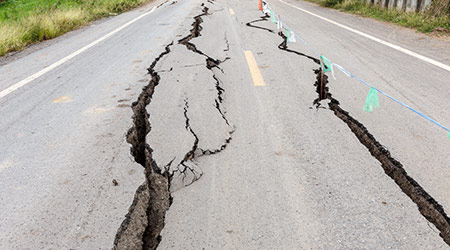
Buildings and Birds: Protecting the Wildlife
April 18, 2018
For as long as buildings have been around, people have worked hard to ensure that their structures functioned as intended and protected occupants and visitors. In recent decades, the goals of institutional and commercial facilities have expanded to include occupational safety, energy efficiency and accessibility for all.
The last decade or has seen the rise of another increasingly common goal for facilities — environmental friendliness. Maintenance and engineering managers have been at the center of organizations’ efforts to minimize the impact that buildings have on nearby plants and animals.
These efforts include protecting wildlife from potential harm related to the presence of large buildings.
Read: Taking control of bothersome birds
Working with the local community and experts from American Bird Conservancy, Northwestern University in Evanston, Ill., is using state-of-the-art solutions to keep birds from dying in collisions with glass walls and windows, according to Northwestern Now.
The measures put Northwestern in the vanguard of a growing movement among U.S. colleges and universities to implement practical, effective and cost-efficient strategies to reduce bird strikes, which kill up to 1 billion birds a year in the United States.
Unlike humans, birds do not understand the concept of glass as a transparent barrier. They take glass reflections as open landscapes and, thinking they have a clear path, crash into a solid surface.
“We’re taking an active, multi-tiered approach to bird collisions, looking at new construction, existing structures and at the daily building-management level,” says Bonnie L. Humphrey, director of design in Northwestern’s facilities division.
The solutions that Northwestern has adopted include applying patterned window film to problematic existing windows and choosing glass with patterns that are visible to birds in some new construction projects.
Learn: 5 Steps to Sustainable Landscapes
Annette Prince, director of Chicago Bird Collision Monitors, says the group picks up about 5,000 birds a year injured or killed by collisions in 1 square mile of downtown Chicago alone. The birds that they find come from some 170 species, including wood thrushes and many species of warblers to larger birds, such as bitterns.
“The things we find sometimes are astounding,” Prince says. “We got a painted bunting one year. Even waterfowl can be impacted.”
Northwestern is one of several colleges and universities with campuses on or near the lakefront.
The buildings “all have similar styles, featuring glass walls, sky bridges and walkways between buildings that can be deadly for birds,” Prince said. “Northwestern is setting a powerful example that we’d like to see other universities follow. Ideally, you treat a whole building. If you can’t do that, you can at least treat the most dangerous areas.”
This Quick Read was submitted by Dan Hounsell — dan.hounsell@tradepressmedia.com — editor-in-chief of Facility Maintenance Decisions, and chief editor of Facilitiesnet.com.
Next
Read next on FacilitiesNet












